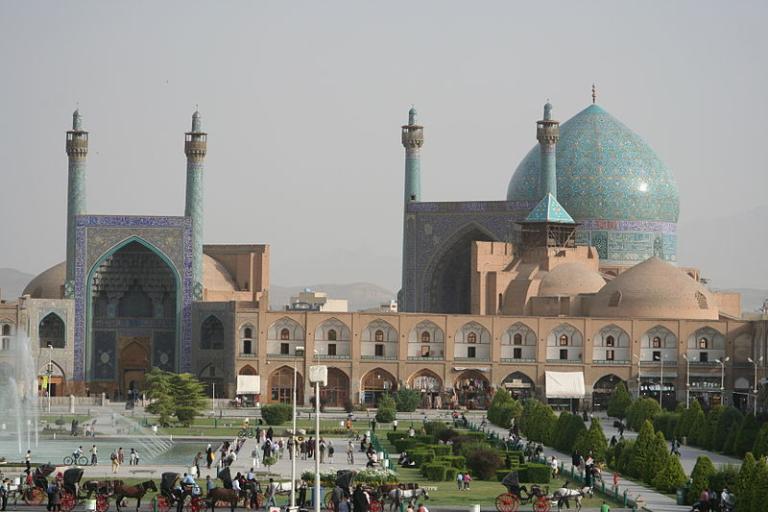
Some more notes for The Book:
What is sometimes called “the Proto-Iranic religion” and then its subsequent derivatives, Zoroastrianism and Manichaeism dominated Iran through the Median, Achaemenid, Parthian, and Sasanian eras. When the Sasanid dynasty fell to Arab invaders between AD 633 and AD 654, however, Iran began a gradual process of Islamization that was remarkably complete.

Today, the so-called “Twelver” or “Ithna’ashariyya” sect of Islam claims the allegiance of roughly 90% to 95% of Iran’s citizens — and is recognized as Iran’s official state religion — with an additional 4% to 8% of the population (mostly ethnic Kurds or Baluchis, rather than ethnic Persians) adhering to Sunni Islam. Thus, only one or two percent of the Iranian population isn’t Muslim at all, and that tiny minority includes a wide variety of Zoroastrians, Yarsanis, Yezidis, Mandarins, Baha’is (who are often persecuted as apostates from Islam), Jews, and — the nation’s largest recognized religious minority — Christians.
Especially in the nineteenth century, under racialist notions that were common among scholars of the era, the fact that Persians are Indo-Europeans or “Aryans” (like, for example, most English and French) rather than Semites (like the Jews and the Arabs) was sometimes advanced as an explanation for Iran’s adoption of the Shi‘ite form of Islam. Shi‘ism, some scholars and others opined, was an “Aryan” reaction to “Semitic” Islam.
But this half-baked suggestion is historically untenable. For one thing, Shi‘ism originated among Arabs, and Iran was predominantly Sunni until relatively modern times. The conversion of the people of Persia (as well as the people of what is today known as the neighboring Republic of Azerbaijan) to Shi‘ite Islam began by order of the new Safavid dynasty early in the sixteenth century. Originally, the Safavids were a fervently Shi‘ite order of Sufi mystics. Whatever their ultimate ethnic origin — which may have been Azerbaijani or Kurdish — by the time of their conquest of Iran they were Turkicized and Turkish speaking. But they ushered Persia into its modern history, and part of their contribution was to make Shi‘ite Islam the official religion of the dynasty and of the state.
Posted from San Diego, California











